An engineered protein controls the assembly of C60 fullerene molecules into an atomically precise lattice that conducts electricity while neither component alone would.
Engineered protein assembles molecules into atomically precise lattice
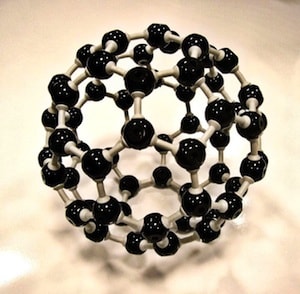

An engineered protein controls the assembly of C60 fullerene molecules into an atomically precise lattice that conducts electricity while neither component alone would.
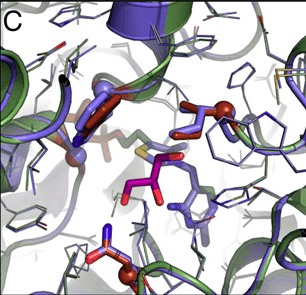
Computational design of an enzyme that carboligates three one-carbon molecules to form one three-carbon molecule, an activity that does not exist in nature, provides proof-of-principle for a novel metabolic pathway for carbon fixation.

A DNA strand capable of forming a triple helix with a portion of the DNA double helices in a macroscopic DNA crystal enhances the weak interactions holding the crystal together so that the crystal remains stable in the absence of a high ionic strength environment.
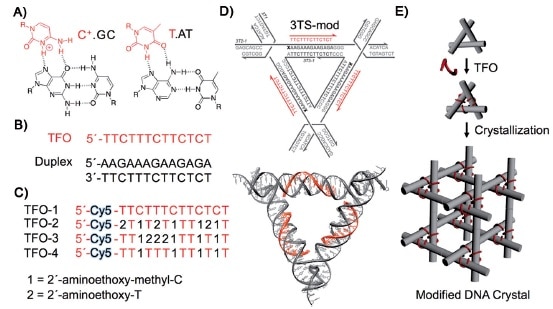
A specially designed triplex forming oligonucleotide bearing a cargo molecule binds to a specific sequence in the major groove of a DNA double helix to form a modified DNA tile that self assembles into a macroscopic crystal in which each helix carries a cargo molecule positioned to sub-nanometer precision.
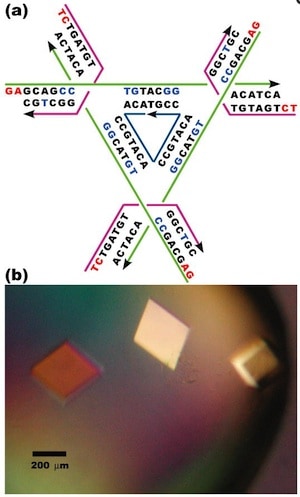
Structural DNA nanotechnology: progress toward a precise self-assembling three dimensional scaffold by building macroscopic crystals from nanoscale structures.
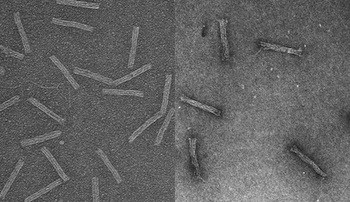
Small, stiff, rectangular rods made using scaffolded DNA origami bypass drug resistance mechanisms in the membranes of a cultured leukemia cell line and release enough therapeutic drug to kill the cancer cell.
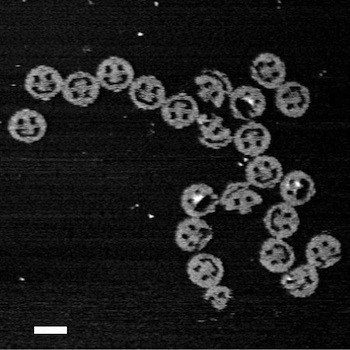
California Institute of Technology is holding a symposium to honor Paul Rothemund’s seminal contribution to the field of DNA nanotechnology: the research paths opened by the technology, and where they might lead.
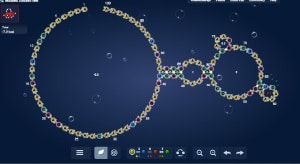
Thousands of amateurs playing the online RNA folding game Eterna, backed up by a real-world automated lab testing their predictions, have provided insights to improve the algorithms computers use to design RNA molecules.
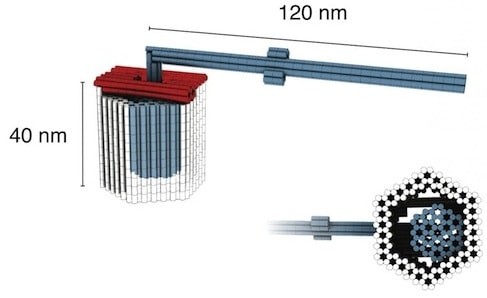
A rotor with DNA origami parts held together by an engineered tight fit instead of by covalent bonds can revolve freely, driven by Brownian motion and dwelling at engineered docking sites.
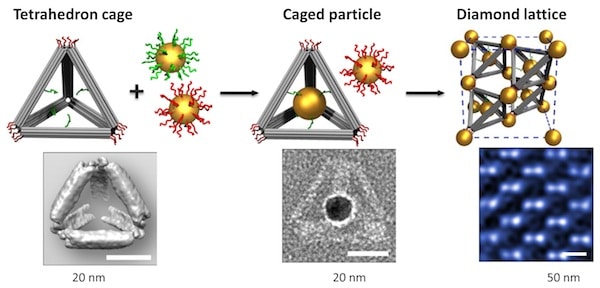
Two research teams present two different methods for using single strands of DNA to link various nanoparticles into complex 3D arrays: one using DNA hairpins for dynamic reconfiguration and the other using a DNA origami scaffold.